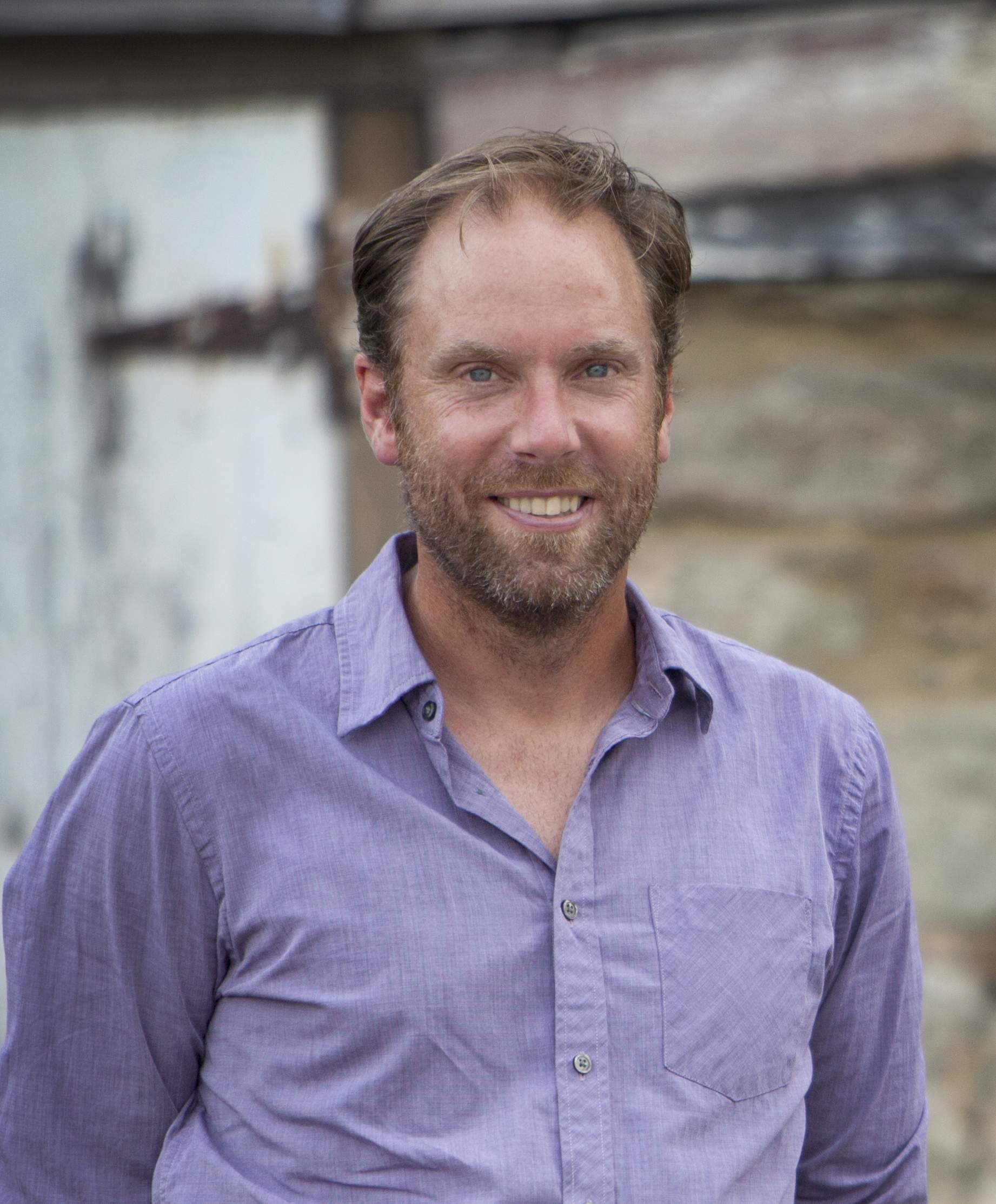
WV Author to Discuss New Sustainable Agriculture Book at Taylor Books
In his second book, West Virginia native Forrest Pritchard traveled the country to find farmers practicing various forms of sustainable agriculture. His new book, “Growing Tomorrow,” features a farmer growing organic berries in Mount Vernon, Washington, another growing vegetables in Dixon, New Mexico, a farmer raising acorn-fed hogs in Fraziers Bottom, West Virginia and more.
Pritchard will speak Friday at Taylor Books about “Growing Tomorrow.” His talk will begin at 6 p.m. and will incorporate a reading from the chapter on Black Oak Holler Farm located in Fraziers Bottom and owned by Chuck Talbott and Nadine Perry.
November 10, 2015 | Source: Charleston Gazette-Mail | by Anna Patrick
In his second book, West Virginia native Forrest Pritchard traveled the country to find farmers practicing various forms of sustainable agriculture. His new book, “Growing Tomorrow,” features a farmer growing organic berries in Mount Vernon, Washington, another growing vegetables in Dixon, New Mexico, a farmer raising acorn-fed hogs in Fraziers Bottom, West Virginia and more.
Pritchard will speak Friday at Taylor Books about “Growing Tomorrow.” His talk will begin at 6 p.m. and will incorporate a reading from the chapter on Black Oak Holler Farm located in Fraziers Bottom and owned by Chuck Talbott and Nadine Perry.
As a full-time farmer in the Shenandoah Valley, Pritchard’s first book, “Gaining Ground,” told how he turned his family’s seventh-generation, failing farm back into a successful business. Below are excerpts from a recent interview with Pritchard.
Q: Tell me about how you came to incorporate a farm, [Black Oak Holler Farm], into your book.
A: You may not know, I’m a West Virginia kid through and through. My dad grew up in South Charleston, and I spent all my summers in Pocahontas County, West Virginia. West Virginia is near and dear to my heart. It is my heart. …
I’m very much attached to West Virginia. I could not write a farming book without including West Virginia in some way.
Q: What made you decide to incorporate Talbott’s story in the book?
A: When I heard about Chuck trying to practice restorative agriculture to build soils and to harvest food in the form of acorn-fed hogs and using native tree species to feed his pigs, that was just such an inspiring story. I knew I had to get it in the book.
Q: Can you describe what you saw when you got to Talbott’s farm?
A: What I saw was a classic West Virginia holler. You had to cross a low-water bridge. It was just very modest infrastructure. It’s a little holler that opens into 230 some acres if I’m not mistaken. It just goes right up the mountain. …
He was just being very intentional of working with the land, the topography and the animals. … He puts in barley, millet, pumpkins, all kinds of different things for the hogs to graze.
As it goes up the valley, he’s got different stages. He’s got his piglets in some places, his sows in other places, his finishing hogs in other places. He’s structured his particular valley to suit his agricultural system. These are places that don’t stand a chance of growing corn or soy beans. They probably aren’t even that great to graze cattle on. … He’s growing a couple hundred hogs or so in a year.
